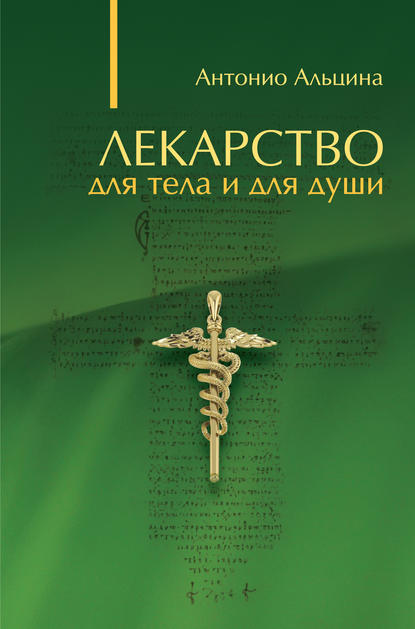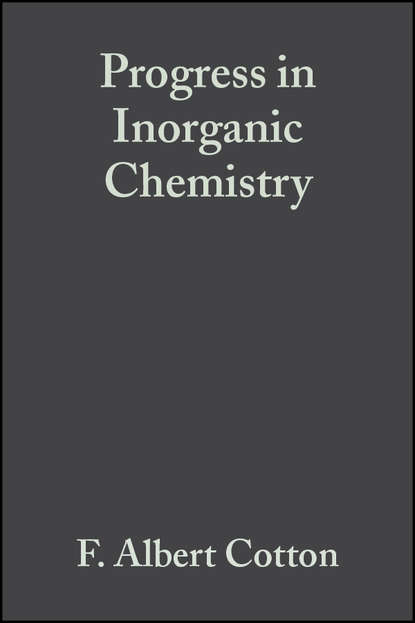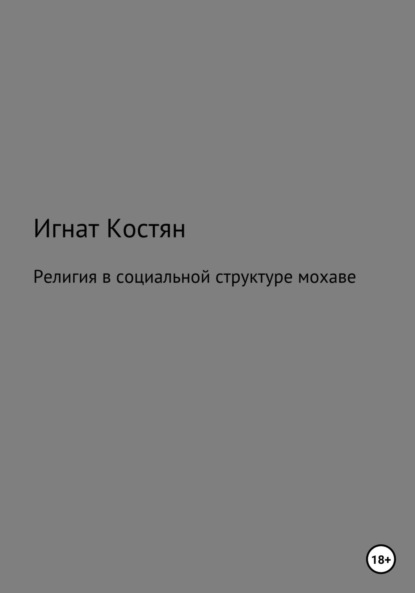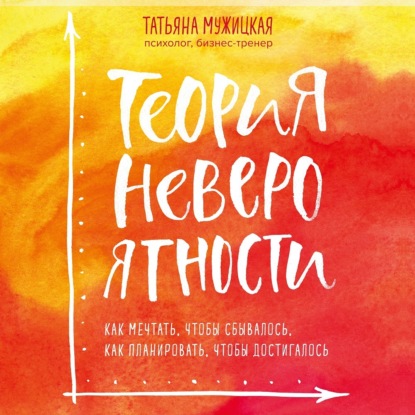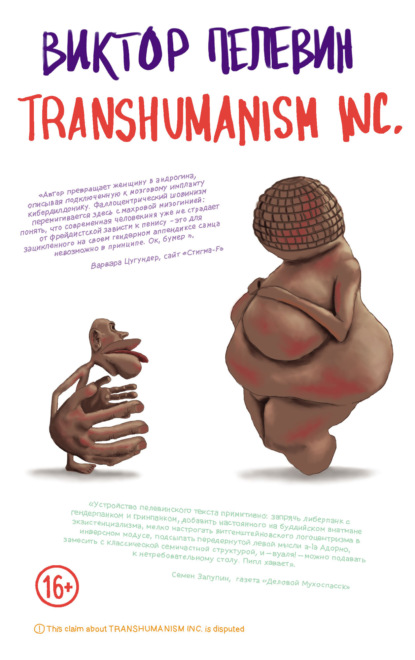Книга под названием "Workshop for Organic Synthesis. Методология разрывания связей" написана Паулом Уяттом и является одним из наиболее важных инструментов для студентов и профессиональных химиков, изучающих органическую химию.
Одна из методологий синтеза - ретросинтетический анализ. С использованием этой методологии химики начинают с конструкций молекул-мишеней и последовательно разрывают связи, чтобы создать более простые молекулы. Обратное применение этого процесса дает синтетический путь к молекуле-цели из простых исходных материалов. Этот подход к синтезу, основанный на разрывании связей, теперь стал неотъемлемой частью каждого курса по синтезу органических соединений. Workshop for Organic Synthesis - методическое пособие, содержащее полный набор упражнений, иллюстрирующих и развивающих темы каждого из глав книги "Synthesis: Approach to Breakage”, издание 2-е. К каждой задаче приведено полностью объясненное решение и обсуждение. Примеры расширят опыт студентов в отношении типов молекул, которые синтезируются химиками, а также стратегий, используемых для управления своими синтезами. Решая эти примеры, студенты развивают свои навыки анализа проблем синтеза и создают набор стратегий для планирования новых синтезов. Примеры взяты из области фармацевтики, агрохимии, природных продуктов, феромонов, парфюмерии и ароматизирующих соединений, красителей, мономеров и интермедиатов, используемых в более продвинутых синтетических работах. Для каждой молекулы указаны причины, по которым ее стоит создать. Вместе с книгами вы получаете полноценное пособие по ретросинтетическому анализу. В книге Organic Synthesis 22 главы, выбор альтернативных глав, посвященных синтезу заданных типов молекул с главами стратегии, в которых изученные методы рассматриваются более широко. Главы, посвященные синтезу, охватывают множество способов получения каждого типа молекул, начиная с простых ароматических и алифатических соединений с одной функциональной группой, и продвигаясь к молекулам с множеством функциональных групп. Главы стратегии охватывают вопросы селективности, защиты, стереохимики и развивают более продвинутое мышление через реагенты, специально разработанные для решения сложных задач. Издание 2-го издания включает в себя новые примеры и методики, а в дополнительное добавлены дополнительные материалы, позволяющие студентам достигнуть уровня, необходимого для продолжения курса, “Synthesis: Стратегия и Контроль”. В
One approach to organics synthesis is via retrosynthetic analyses. With such an approach, chemists start from the structure of their desired molecules and systematically cut bonds to decompose them into simpler reactants. By reversing this process, synthetic routes can be developed that lead to complex molecules, starting from simple precursors. This "disconnection" approach to synthetic methodology has become an intrinsic part of organic synthesis curricula worldwide.
Электронная Книга «Workbook for Organic Synthesis: The Disconnection Approach» написана автором Wyatt Paul в году.
Минимальный возраст читателя: 0
Язык: Английский
ISBN: 9781118681565
Описание книги от Wyatt Paul
One approach to organic synthesis is retrosynthetic analysis. With this approach chemists start with the structures of their target molecules and progressively cut bonds to create simpler molecules. Reversing this process gives a synthetic route to the target molecule from simpler starting materials. This “disconnection” approach to synthesis is now a fundamental part of every organic synthesis course. Workbook for Organic Synthesis: The Disconnection Approach, 2nd Edition This workbook provides a comprehensive graded set of problems to illustrate and develop the themes of each of the chapters in the textbook Organic Synthesis: The Disconnection Approach, 2nd Edition. Each problem is followed by a fully explained solution and discussion. The examples extend the student’s experience of the types of molecules being synthesised by organic chemists, and the strategies they employ to control their syntheses. By working through these examples students will develop their skills in analysing synthetic challenges, and build a toolkit of strategies for planning new syntheses. Examples are drawn from pharmaceuticals, agrochemicals, natural products, pheromones, perfumery and flavouring compounds, dyestuffs, monomers, and intermediates used in more advanced synthetic work. Reasons for wishing to synthesise each compound are given. Together the workbook and textbook provide a complete course in retrosynthetic analysis. Organic Synthesis: The Disconnection Approach, 2nd Edition There are forty chapters in Organic Synthesis: The Disconnection Approach, 2nd Edition: those on the synthesis of given types of molecules alternate with strategy chapters in which the methods just learnt are placed in a wider context. The synthesis chapters cover many ways of making each type of molecule starting with simple aromatic and aliphatic compounds with one functional group and progressing to molecules with many functional groups. The strategy chapters cover questions of selectivity, protection, stereochemistry, and develop more advanced thinking via reagents specifically designed for difficult problems. In its second edition updated examples and techniques are included and illustrated additional material has been added to take the student to the level required by the sequel, Organic Synthesis: Strategy and Control. Several chapters contain extensive new material based on courses that the authors give to chemists in the pharmaceutical industry. Workbook for Organic Synthesis: The Disconnection Approach, 2nd edition, combined with the main textbook, provides a full course in retrosynthetic analysis for chemistry and biochemistry students, and a refresher course for organic chemists working in industry and academia.




